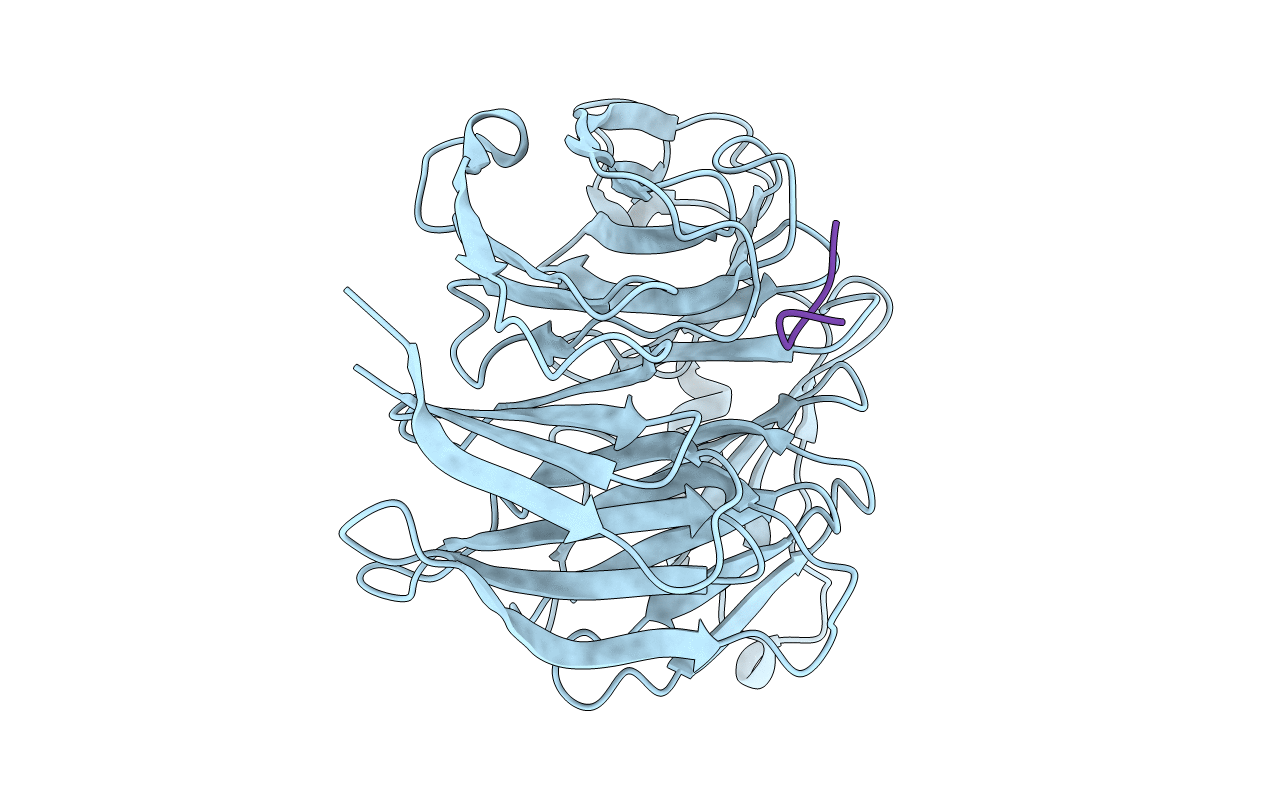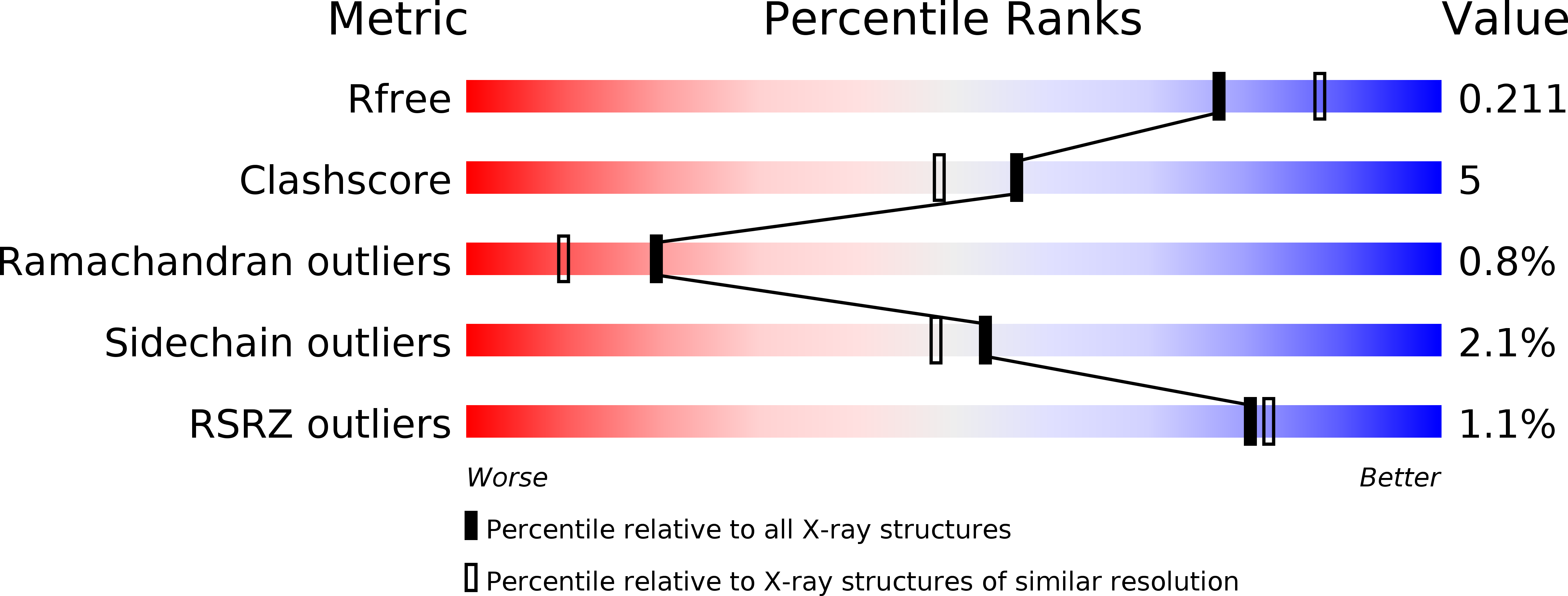
Deposition Date
2009-09-04
Release Date
2009-10-20
Last Version Date
2023-09-06
Entry Detail
PDB ID:
3JPX
Keywords:
Title:
EED: A Novel Histone Trimethyllysine Binder Within The EED-EZH2 Polycomb Complex
Biological Source:
Source Organism:
Homo sapiens (Taxon ID: 9606)
Host Organism:
Method Details:
Experimental Method:
Resolution:
2.05 Å
R-Value Free:
0.21
R-Value Work:
0.16
R-Value Observed:
0.16
Space Group:
P 21 21 21


